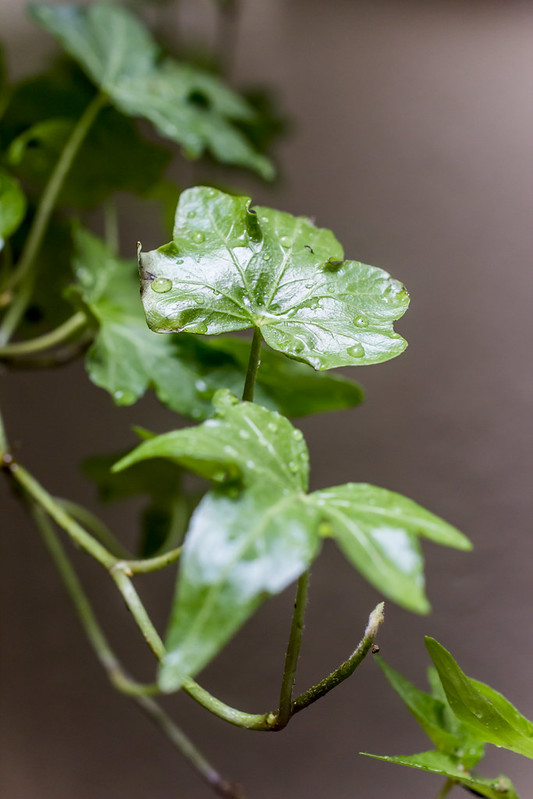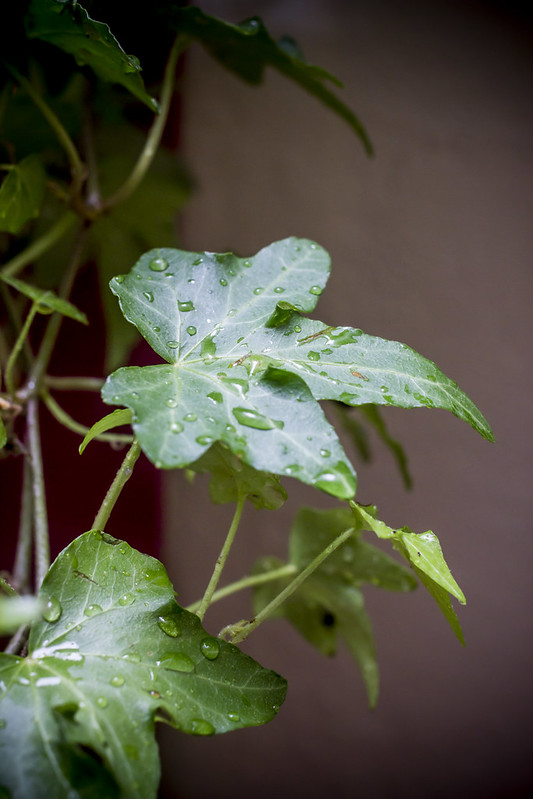
As I continue to incorporate indoor house plants, as it is nature’s best filter in the home.
One of the plants I brought to the home is an English Ivy.
In 1989, NASA conducted a Clean Air Study and created a list of the top indoor houseplants that remove toxic agents such as benzene, formaldehyde and tricholoroethylene from the air, and also helping neutralize the effects of sick building syndrome.
According to NASA, one should have one air-purifying plant for every 100 square feet of space. And the English Ivy is a plant that removes benzene, formaldehyde, trichloroethylene, xylene and toluene.
The English Ivy was introduced by European colonists as early as 1727. While great as a houseplant, it is considered as an evasive weed. So bad that it is considered as an “aggressive invader that threatens all vegetation levels of forested and open areas”. In forests, English Ivy is seen as bad because it climbs up tree trunks and envelops a branch, blocking away needed sunlight and eventually killing the tree. For elms, oaks and maples, the English Ivy is a reservoir for bacterial leaf scorch, a harmful plant pathogen.
For pet owners, it is important to know that the plant is toxic for dogs and cats. For humans, the leaves can cause sickness because the leaves and berries contains glycoside hederin (a crystaline antibiotic glycoside that is active against fungi and bacteria).



But there are plants that you’ll eventually learn that as great as they are indoors, outdoors may be the opposite. But you’ll need to outweigh the positives and negatives and as an indoor plant, the English Ivy is a fantastic plant to have indoors as a filter for bad chemicals that are emitted.
Last but not least, an English Ivy can tolerate dry conditions and thrive on plenty of moisture and shade. It’s a low-maintenance plant and if you are considering of bringing it into your home, it’s a wise decision. But I would not use this as an outdoor plant and one should leave them hanging and in areas where your pets can’t get to it and eat the leaves.
